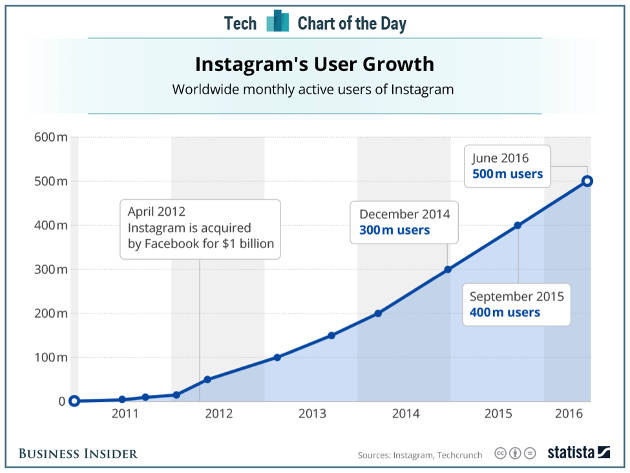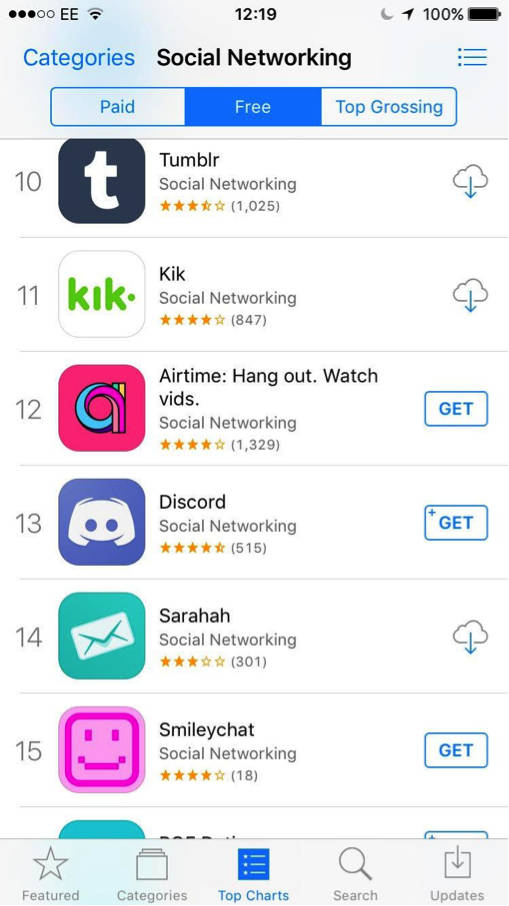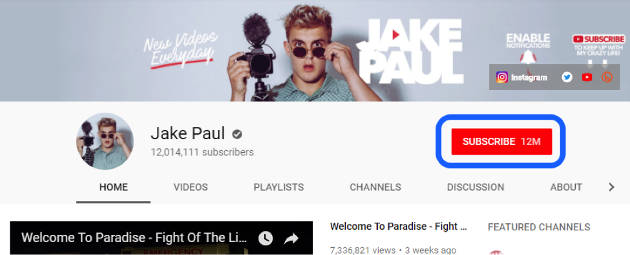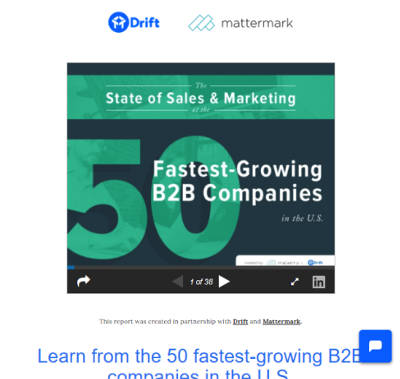Don't you hate it when you hear success stories of brands that made it big on Facebook, Snapchat, and YouTube before those platforms were even popular?
By the time the masses—and other marketers—catch on, those first-mover brands already have followings and programs set to launch.
You wish you'd got in on the action. Then you try to play catch up, but the gold rush has passed you by.
Look at the rapid growth of Instagram, for example. It went from 1 million to 10 million users in just under a year:

Image source: Business Insider
In this article, I'll share a framework for tapping into emerging platforms before they become popular.
You'll learn how to monitor the techsphere to find new social networks, create great content, and establish a social-influencer marketing strategy that will expand your audience.
Step 1: Monitor tech news
If you hear about new social platforms from mainstream news, you're too late. That's why it's important to listen for social buzz through more niche channels.
Product Hunt is one of the most popular communities for upcoming technologies. Make reading it part of your daily routine, and you'll discover the launches of new platforms. You might even find cool new tools to solve current marketing challenges.
For example, Ello recently announced the new version of their social network for artists. If you're trying to target other creators, this could be a great platform to begin engaging with before attention becomes saturated.

You should also consider Product Hunt as a potential distribution platform for product launches and side projects. As Kasia Perzynska, content specialist at LiveChat put it:
"Product Hunt traffic is massive, and its community is large and passionate. Furthermore, many PH members are influential in their professions. They are investors, authors, entrepreneurs, and the press, among others."
Tech news sites are also prime spots for keeping up with social news. Here are some that have consistent coverage on new technologies and platforms:
Set up Google Alerts to monitor the mention of certain keywords on those news sites: e.g., "social platform launch" or "social network." Setting up alerts will automate the discovery process, saving you time.
Of course, it's wise to keep in touch with the tech industry—especially as marketers. You'll find new marketing ideas and emerging technologies to investigate and experiment with.
Finally, check out the social networking category on the App Store occasionally. Look at the featured apps, as well as the top (free) charts.

Once you've identified an emerging platform to target, it's time to start creating amazing content.
Step 2: Create outstanding content
Many Internet celebrities got their name by consistently creating great content on new platforms.
B2B marketers can learn a thing or two from social influencers. Consider Jake Paul. He got his start by creating content on the (now shut-down) Vine, building an audience there before moving to YouTube.
His audience followed him, giving him a huge head start and an edge on the platform's algorithm. The controversial YouTuber now has nearly 16 million subscribers.

Jake is a great example of the strategy I'm outlining here. Although emerging platforms may have a nascent audience, they can quickly bolster your efforts elsewhere. You want to capitalize on attention before it becomes too expensive or noisy.
There are two key, non-negotiable building blocks to this strategy:
- Create great content. Especially if you're establishing yourself on a video platform, you've got to create awesome-looking content.
- Create it consistently. This isn't a matter of testing over the course of a few weeks or a month. If you truly believe you're onto something, you've got to go all-in and you've got to be patient.
As well as creating great content, you've got to work within the context of the platform. If short-form content performs best, then you've got to deliver value within those parameters.
For example, Medium is a platform where marketers and bloggers can quickly publish content. The top stories in the entrepreneurship section include the following:
- Authentic and vulnerable business experiences of the writers
- Productivity advice
- Answers to specific questions

If we were to write an article on influencer marketing, I'd take a look at BuzzSumo to uncover the top performing Medium articles on the subject.

A deeper analysis shows that how-to info, opinion pieces, and lessons from personal experiences do well. Therefore, I'd want to create that kind of content.
The key to success on Medium and platforms similar to it is in creating great content consistently. Set aside time on a daily basis to engage with the platform. Create an editorial calendar, and establish a regular cadence.
Step 3: Engage with power players
"Your network is your net worth."
That advice is true in most aspects of life, especially on social media. On emerging platforms, you should be networking with other influential players from day one.
You can do that in several ways. A simple first step is to mention them in your content, which can be executed in any format.
With video, mention another influencer's content as a way of adding value. You could even include a snippet of their video to add even more value to both your audience and your target influencer.
On text-based platforms, quoting other writers and linking to their content can be an effective first step to building a relationship. That approach can assist you with content curation as well as provide your readers additional value.
By far the most effective technique for engaging with power players is co-branded content, which means you create a piece of content together. That way, you and your target influencer reach each other's audiences by delivering content you've both created.
A great example from the YouTube world is First We Feast's collaboration with Binging With Babish. With 3.6 and 2.8 million subscribers, respectively, those brands have carved out a name for themselves in the cooking space. Their combined styles result in a great piece of content.

From the B2B world, the collaboration between Mattermark and Drift is an excellent example. Together, they analyzed 50 of the fastest-growing B2B companies in the world and distilled lessons learned into a 38-page SlideShare.

An interesting point here is that there's no form to fill out before gaining access to the content. Readers can enter their email address to download the file if they wish to, but it's 100% free to read online.
Start by identifying the other movers and shakers on your emerging platform of choice. Start the relationship by commenting on their work and mentioning them in your work. When the time is right, pitch your idea for co-branded content.
Step 4: Measure results
Of course, every marketing effort needs to be measured using the right metrics.
On emerging platforms, that can be tricky. The aim is to invest in attention as opposed to generating tangible business results. Therefore, traditional metrics, such as ROI and leads can be disappointing.
In the beginning, keep an eye on the following:
- Follower growth: How fast are you growing your follower count every month?
- Engagement: How many likes and shares is your content generating?
- Comments: Are people engaging with you on a one-on-one level?
The performance of those metrics indicates how well an emerging platform is growing. As a platform grows, you'll grow with it.
If you're not creating the right content, those metrics will flatline. If tools are available, use them to monitor the growth of other top-performing accounts. That information can be both an indicator of overall platform growth and a guide for your content creation efforts.
* * *
The strategy outlined here is most effective when hedging. If you find two or more platforms and you're not sure which to focus on, go in on all of them.
That can seem like a lot of work. So instead of creating fresh content, curate from one platform to the other. As long as you work within the context of each platform, you'll generate great results while saving time.




